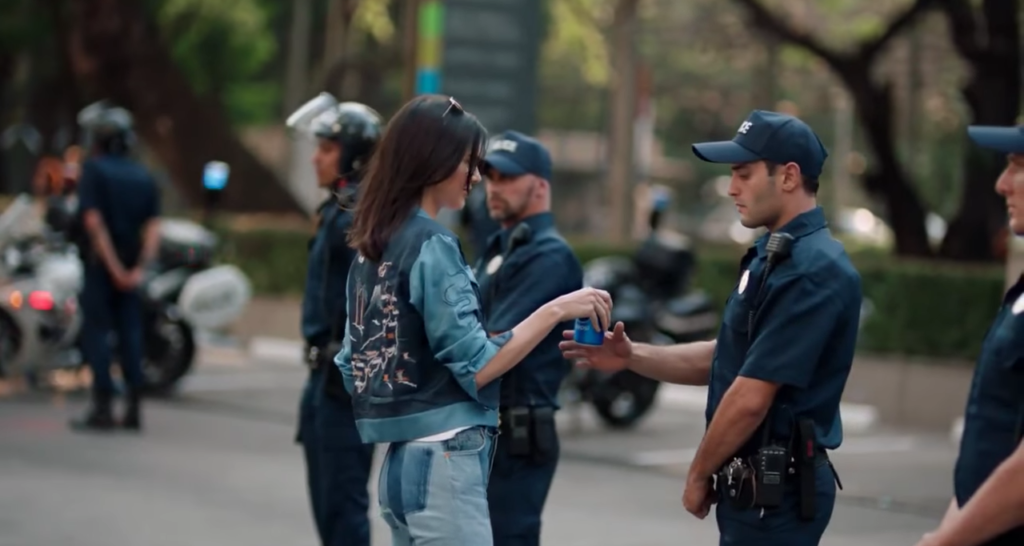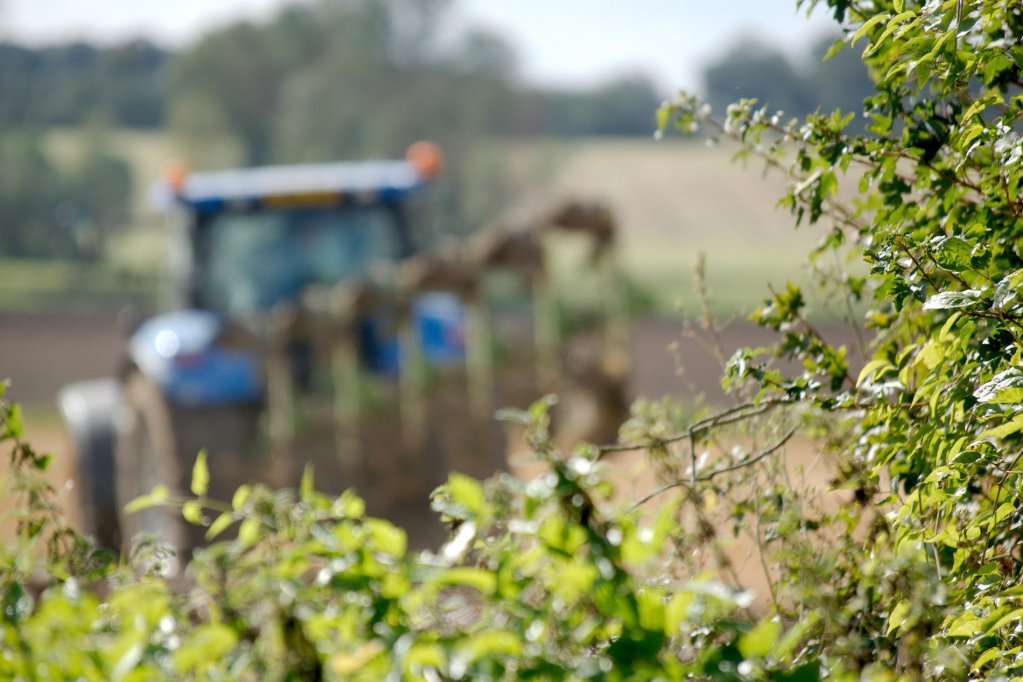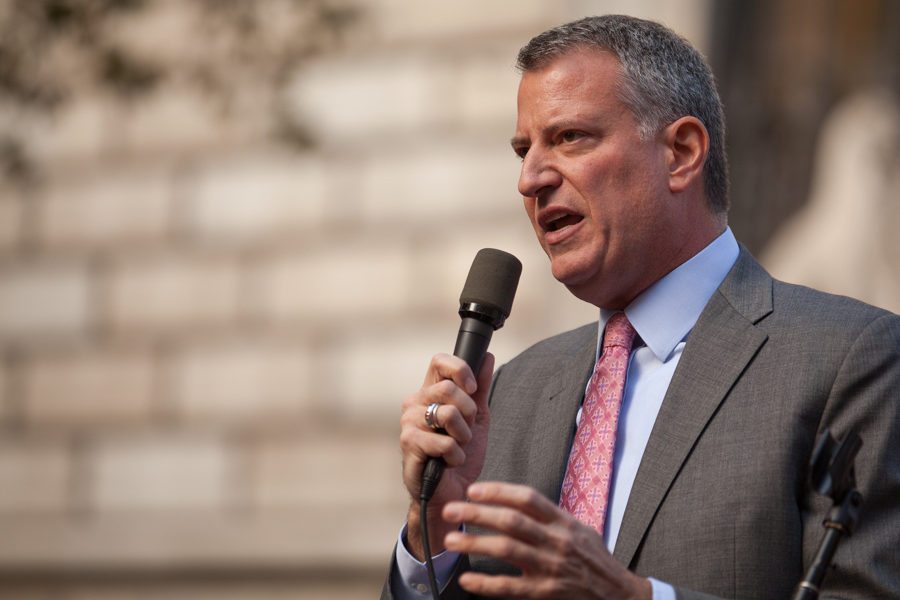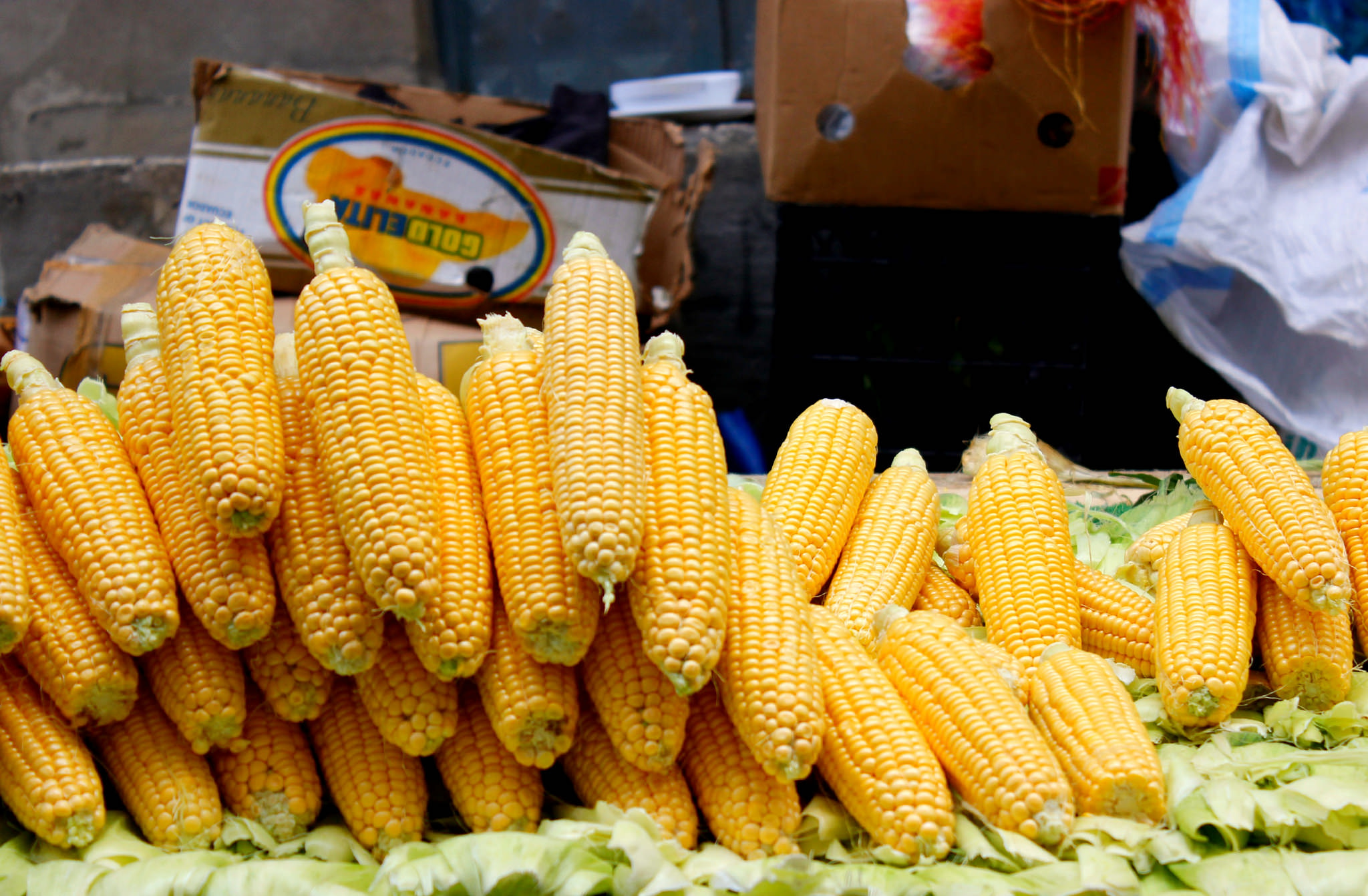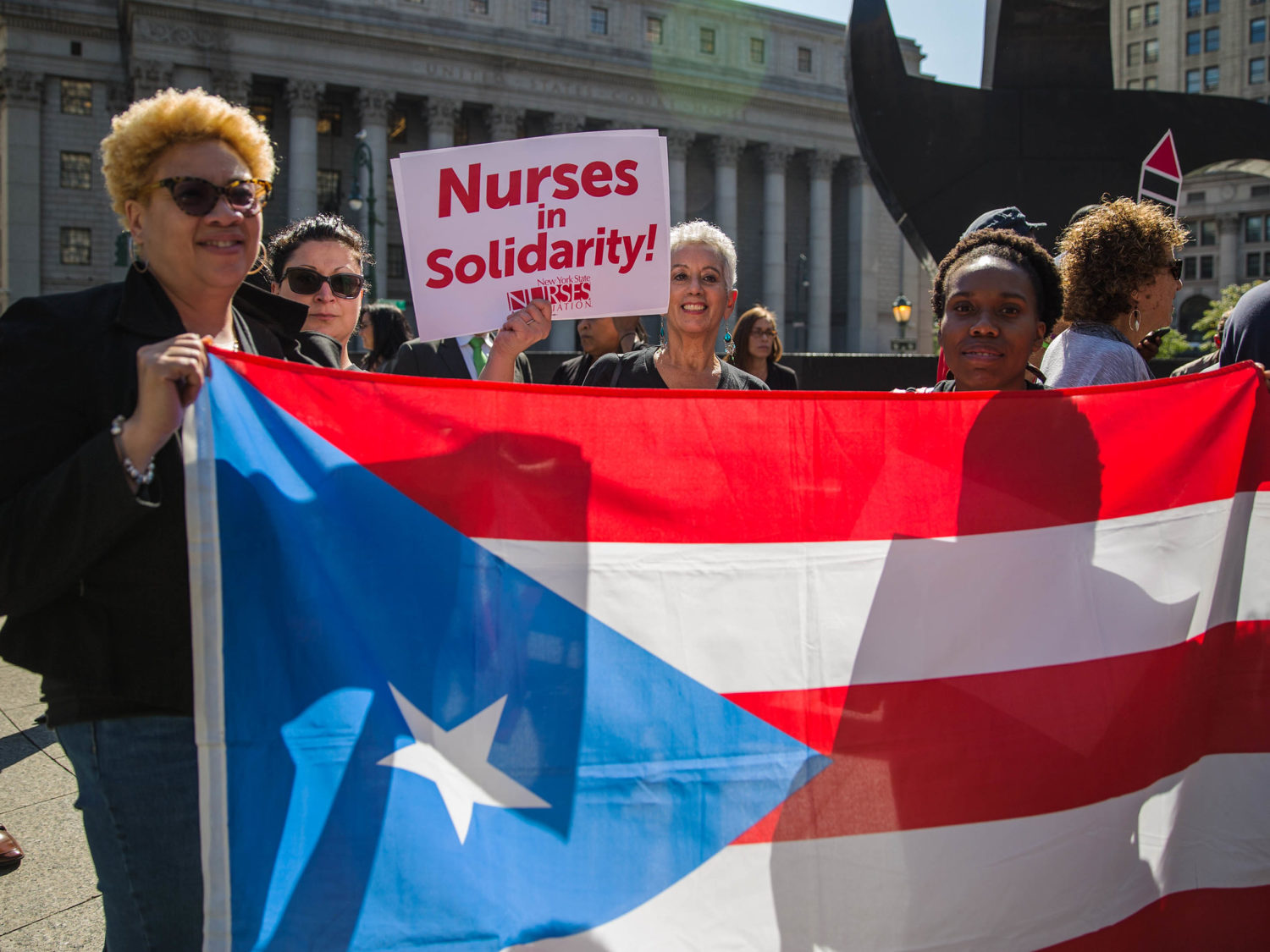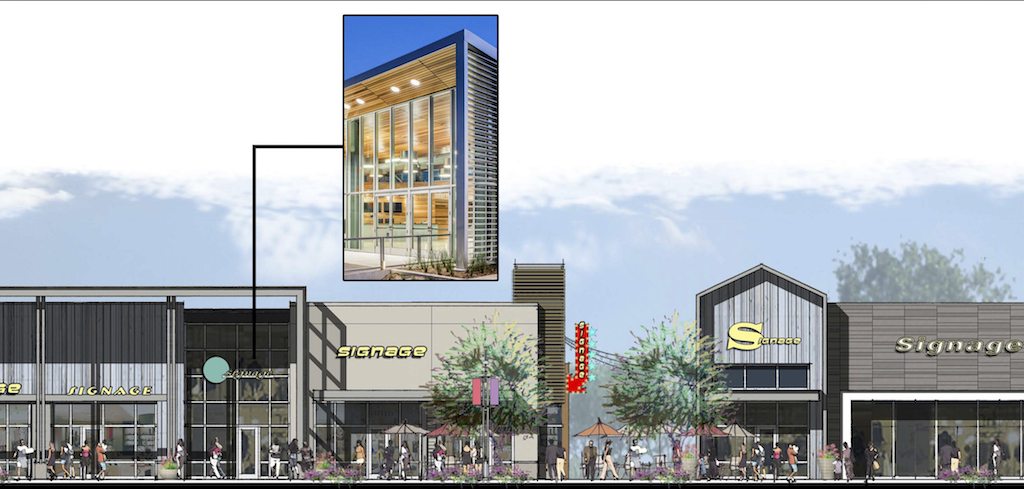
All photos courtesy of Thompson Thrift Retail Group
A few years ago, Mayor Scott Fadness noticed a change in Fishers, Indiana, an affluent suburb on the north border of Indianapolis: The residents were starting to complain.
At first, this surprised him. In general, Fishers is a place where people love to live. The population has swelled to nearly ten times what it was in 1990, when only 10,000 lived locally. Today, many of Fishers’ 90,000 citizens are professionally successful married couples in their mid-thirties, people who’ve abandoned urban centers elsewhere for a white picket fence and a slower pace. Its two high schools have been ranked the 10th and 12th best in the state. The crime rate is well below the national average. Last year, Money magazine named it one of the county’s 30 best places to live.
But as Fadness checked in with residents at cocktail parties and local gatherings, he found people were starting to qualify their praise.
“When I would talk to them, after they said, ‘Yep, low tax, great school,’ there would be this pause,” he says. “Then you would hear them say, ‘But I wish we had more non-chain restaurants.’”
As good food becomes a must-have amenity in the country’s wealthy suburbs, fast food chains just don’t cut it. Not that there aren’t any local restaurants in Fishers. There’s a gastropub here, a tapas place there. A Vietnamese restaurant opened this spring, and Yelpers seem to love the pho. But according to a recent profile in USA Today, Fishers has over 220 chain and franchise restaurants within its 35 square miles. The culinary landscape is dominated by the likes of Subway, McDonald’s, and Chik-Fil-A.
“It became this consistent drum beat of what the residents wanted,” Fadness says. More crucially, perhaps, potential employers want it, too. Though businesses, enticed by Indiana’s 4.9% corporate tax rate—the second lowest in the nation—routinely come knocking, many take one look around and lose their appetite.
“When I try to recruit companies to move to Fishers,” Fadness says, “one of the things I would hear from the CEO or HR director is, ‘This is a great [place for an] office, but where are my people going to go to lunch?’”

An architectural rendering of The Yard
It turns out that a food scene is not so easy to build from scratch. It’s hard to say exactly what separates a great food city from a boring one (though some have tried), but I’ll venture that they tend to have one thing in common: diversity, both cultural and economic. Restaurants tend to thrive in neighborhoods that mix thrift and modest luxury: there’s got to be affordable commercial real estate, but locals must also be able to pay for the regular meal out. At the same time, demographically diverse neighborhoods are more likely to bring a wide range of culinary traditions to the table.
Fishers residents have plenty of disposable income on hand, but none of the rest. The city is 85 percent white, and the rent is too damn high—higher, even, than in many parts of Indianapolis, a few miles away. By way of example, Mayor Fadness mentioned a new development downtown where a 3,000-square-foot commercial space is going for $31 per square foot—nearly $100,000 a year just for the lease. Few would pay that kind of money to start a new restaurant in a town with no food scene, if they could even afford it in the first place.
But Fishers’ journey out of fast food nation may be helped along, ironically, by the biggest of box stores. When in 2015 Ikea announced its plan to open a store in Fishers—its first in Indiana, a local developer, Thompson Thrift Real Estate, had an idea. The company convinced 21 families in the Springwood Estates, a housing complex bordering the site, to sell their homes for a premium, making room for a restaurant-focused development district. That project, a $45-million venture called The Yard, is now underway: its estimated 148,000 square feet of commercial real estate will include space for 10 to 12 new eateries. Whether those slots will be filled by chains with cash on hand, like Panera and Chipotle, or more independent players is still hard to say. But 3,000 square feet will be reserved for an unusual public/private partnership, one that Fadness hopes will turn an off-the-radar city in the Midwest into a world-class launch pad for culinary talent.
The plan is to build a restaurant incubator, one of the country’s first. The idea is to lure up-and-coming chefs by offering them temporary residence at The Yard, a place to experiment with recipes and execution without having to take on a lease and outfit their own kitchens. Fishers’ residents, meanwhile, will get what they’ve long craved: at least one new dining hot spot where the chef’s taking chances and the menu’s always changing.

An estimated 148,000 square feet of commercial real estate will include space for 10 to 12 new eateries
Incubators are nothing new in Fishers, which is home to Launch Fishers—the a 650-person tech incubator, the country’s largest. (For background on the incubators and how the phenomenon of shared working space moved from the tech industry to food, read Kate Cox’s definitive history.) Applying the incubator model to restaurants is not a completely novel idea: in Pittsburgh, the Smallman Gallery has already attempted something similar. But food incubators usually focus on providing commercial kitchen space only—like Brooklyn FoodWorks, where local vendors make products for the farmer’s market, the food truck, and the retail shelf. The Yard’s incubator is different. It will be an actual functioning restaurant, a place to take friends out for dinner. The only catch is that the hosts will be novices, likely running their own eatery for the first time.
Thanks to the way Fishers structured the deal with Thompson Thrift, the Yard’s incubator tenants won’t have to worry about signing prohibitively expensive leases, or risk losing their life savings if things don’t work out. The developer agreed to rent the space to the city for only a dollar a year for the next twenty years, so Fishers won’t have to charge tenants much, if anything. Restaurateurs accepted to the program will have to pay for their own ingredients and staff, and they’ll keep any profits that they make—just like a real business. But the fears that plague many first-timers won’t keep them up at night: bouncing rent checks, or putting their homes up for collateral.
“What would happen if someone with a dream of creating their own restaurant could go try it out in a 3,000-square-foot facility for 6 months a year to see if it made sense for them?” Fadness says. “That gives people an opportunity to (a) pursue this, and (b) frankly, to fail fast. To find out whether this makes sense for you or not.”

The developer agreed to rent the space to the city for only a dollar a year for the next twenty years, and will pay for the incubator’s $500,000 buildout through its taxes
It’s a good point. Though it’s easy to romanticize the idea of running a restaurant, it’s not an easy life. And often your idea isn’t as good as you hoped. The Yard offers a way to find out without risking financial destitution. the mayor is hoping, of course, that incubating restaurants don’t just survive but thrive—and that graduates of the program will decide to set up shop in Fishers. After all, they’ll have a built-in customer base by then, if all goes well. And then, perhaps, graduates will find themselves won over by the city’s charms, maybe with a kid or two happily enrolled at the local school—and then, one by one, they’ll build the city’s food scene. Still, there won’t be any requirement to stick around.
“This is not a, ‘Hey, you come here and you do this, then you have indentured servitude to the city of Fishers,’ Fadness says. “We want to be a place where creative and intelligent people want to pursue their entrepreneurial passions. That doesn’t mean you have to sign away your life to be a part of it. Success breeds more success. It’s about the culture and momentum you are trying to create.”
The mayor thinks that, even if the incubator becomes a net exporter of talent, it could do great things for the city.
“Say a great chef comes here and creates an amazing proof of concept right here in our accelerator, then they move to Indianapolis or Chicago or anywhere else and gain glory and fame in the culinary world,” he says. “I might be naïve but I think that person will speak highly of where they started. That will be an indicator to other people who maybe have the same aspirations to come check out little Fishers, Indiana.”
There’s still a lot to figure out. It’s not yet clear how the program will be structured—how many restaurant concepts will operate within the space at once; how long they’ll be allowed to stay; what, if anything, they’ll pay. The city, not Thompson Thrift, will vet the applications, but they don’t know yet what they’ll look for. And the space itself is not yet built—the housing complex was razed earlier this year, and The Yard’s developers break ground this summer. Despite all the unknowns, Fadness says that the effort has already paid off in tangible ways.
According to the city, a technology company just bought 18 acres of land in Fishers, and is building a new corporate headquarters that will bring 1,000 tech jobs. Surely they liked the same things others like about Fishers: the low tax rate, the good schools, the proximity to Indianapolis. But, Fadness says, the key selling point was The Yard, the new restaurant development that will house the incubator. “They wanted to be near that,” he tells me. The city will be building a trail from the new corporate campus that leads straight to its door.
For now, let’s close with a quote from the great urbanist Jane Jacobs, who wrote about the rise and fall of American cities. “You must understand,” she said, late in life, “when a place gets boring, even the rich people leave.” Mayor Fadness seems to understand this; he has learned that the way to his residents’ hearts is through their stomachs. Surely, by dramatically reducing entrepreneurial risk, he’ll be able to find some talented chefs willing to give Fishers a try. The unfinished story—one we’ll be watching very closely—is whether that will be enough to change a city.

